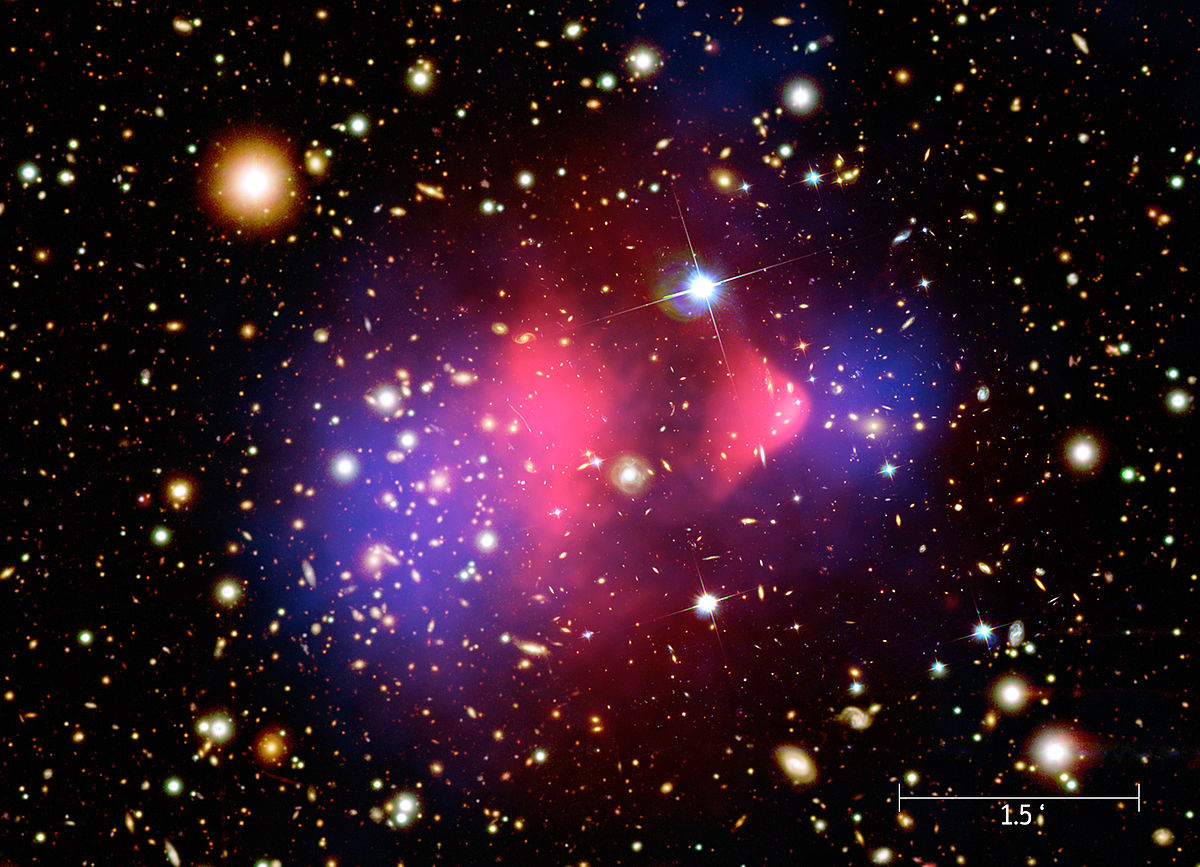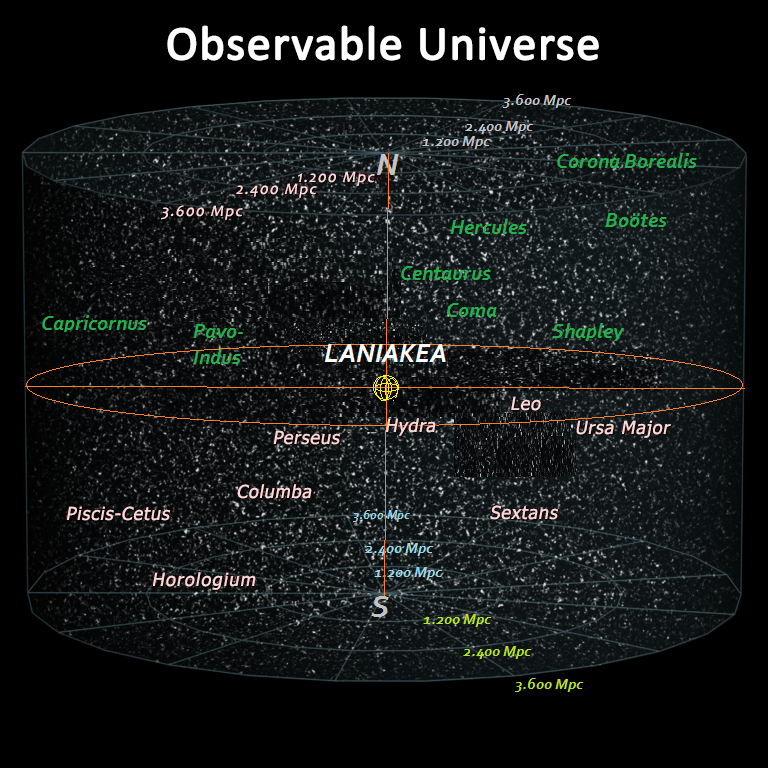Dark Matter: The Cosmic Architect of the Universe
Table of Contents
- Introduction
- What is Dark Matter?
- Evidence of Dark Matter
- Dark Matter and Galaxy Formation
- Dark Matter in Galactic Clusters
- Dark Matter and the Cosmic Web
- Theoretical Models of Dark Matter
- Dark Matter Detection Efforts
- FAQ
- Conclusion
Introduction
Dark matter is one of the most intriguing and elusive components of the universe. Despite being invisible and not interacting with electromagnetic forces, it plays a crucial role in shaping the cosmos. This article delves into the mysterious nature of dark matter, its evidence, and its profound impact on the formation and structure of galaxies and the universe.

Artist: Pablo Carlos Budassi
What is Dark Matter?
Dark matter is a form of matter that does not emit, absorb, or reflect light, making it invisible and detectable only through its gravitational effects. It constitutes about 27% of the universe, vastly outweighing the ordinary matter that makes up stars and planets. The nature of dark matter remains one of the biggest mysteries in astrophysics.
Evidence of Dark Matter
The existence of dark matter is inferred from several astronomical observations:
- Galaxy Rotation Curves: The rotational speeds of galaxies suggest more mass than what is visible, indicating dark matter’s presence.
- Gravitational Lensing: Light from distant objects is bent by unseen mass, attributed to dark matter.

Superimposed mass density contours, caused by gravitational lensing of dark matter. Photograph taken with Hubble Space Telescope.
Artist: User:Mac_Davis
- Cosmic Microwave Background: Fluctuations in the CMB provide indirect evidence of dark matter’s influence on the early universe.

Nine-year WMAP image of the cosmic microwave background showing temperature fluctuations that seeded large-scale structure.
Artist: NASA / WMAP Science Team
Dark Matter and Galaxy Formation
Dark matter is fundamental to galaxy formation. It provides the gravitational scaffolding that allows gas to accumulate and form stars. Without dark matter, galaxies as we know them would not exist. This gravitational framework also explains the distribution and shapes of galaxies observed today.
Dark Matter in Galactic Clusters
Galactic clusters, the largest gravitationally-bound structures in the universe, are dominated by dark matter. Observations of these clusters reveal that dark matter outweighs visible matter by about five times. This dominance affects the cluster’s dynamics and the motion of galaxies within them.

Artist: NASA/CXC/M. Weiss
Dark Matter and the Cosmic Web
The cosmic web is a vast network of interconnected filaments of dark matter and galaxies. Dark matter forms the backbone of this web, influencing the large-scale structure of the universe. The distribution of dark matter determines where galaxies form and how they evolve over time.
Theoretical Models of Dark Matter
Several theoretical models attempt to explain dark matter:

Artist: ScienceDawns
- Weakly Interacting Massive Particles (WIMPs): These hypothetical particles are a leading candidate for dark matter.
- Axions: Another theoretical particle that could account for dark matter.
- Modified Gravity Theories: Some theories suggest modifications to gravity could explain dark matter effects without invoking new particles.
Dark Matter Detection Efforts
Scientists are actively searching for dark matter through various methods:
- Direct Detection: Experiments aim to detect dark matter particles interacting with normal matter.
- Indirect Detection: Observations of cosmic rays and gamma rays may reveal dark matter annihilation or decay.
- Collider Experiments: Particle accelerators like the LHC search for dark matter by recreating high-energy conditions.
FAQ
What is the difference between dark matter and dark energy?
Dark matter and dark energy are distinct components of the universe. Dark matter exerts gravitational pull and helps form cosmic structures, while dark energy is responsible for the accelerated expansion of the universe.
Can dark matter be observed directly?
No, dark matter cannot be observed directly because it does not emit or interact with electromagnetic radiation. Its presence is inferred through gravitational effects on visible matter and radiation.
Conclusion
Dark matter remains one of the most profound mysteries in cosmology. Its gravitational influence is crucial for the formation and evolution of cosmic structures, from galaxies to the vast cosmic web. As research continues, understanding dark matter could unlock new insights into the universe’s fundamental nature. For those intrigued by the mysteries of the cosmos, exploring the role of dark matter in galaxy formation and its detection efforts offers a glimpse into the cutting-edge of astronomical research.

Artist: JA Galán Baho (original design by Andrew Z. Colvin)
